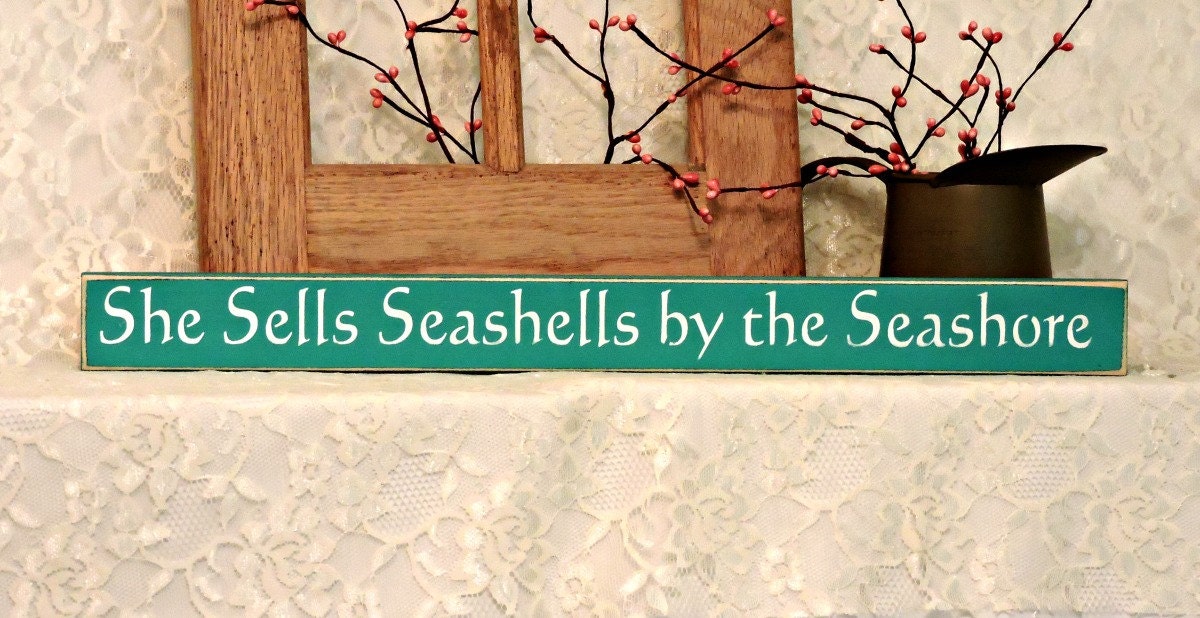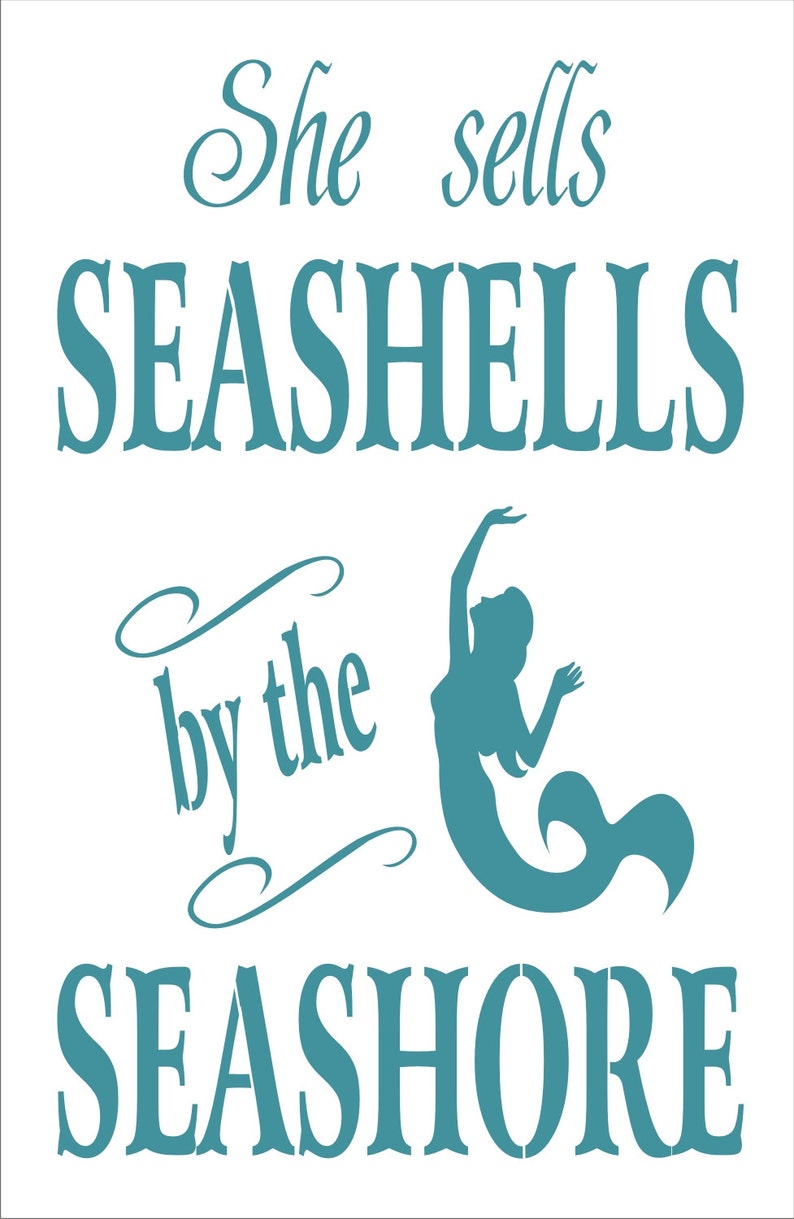


Marine species of gastropods and bivalves are more numerous than land and freshwater species, and the shells are often larger and more robust. These shells are very often the most commonly encountered, both in the wild, and for sale as decorative objects. Marine mollusk shells that are familiar to beachcombers and thus most likely to be called "seashells" are the shells of marine species of bivalves (or clams), gastropods (or snails), scaphopods (or tusk shells), polyplacophorans (or chitons), and cephalopods (such as nautilus and spirula). The word seashell is often used to mean only the shell of a marine mollusk. Calcium carbonate is the main compound of shell structure, aiding in adhesion. The proteins are then used to create the framework that supports the growing shell. The specialized cells in the mantle form the shell using different minerals and proteins. The mantle layer of tissues, makes the shell itself. Molluscs have an outside layer of tissues on their bodies – the mantle – which connects the shell to the mollusc. Seashells are created from the molluscs that use them for habitation and protection. This type of large-scale exploitation can sometimes have a strong negative impact on local ecosystems, and sometimes can significantly reduce the distribution of rare species.

However, the majority of seashells which are offered for sale commercially have been collected alive (often in bulk) and then killed and cleaned, specifically for the commercial trade. Shells are very often washed up onto a beach empty and clean, the animal having already died.Įmpty seashells are often picked up by beachcombers. Seashells are commonly found in beach drift, which is natural detritus deposited along strandlines on beaches by the waves and the tides. The study of the entire molluscan animal (as well as the shell) is known as malacology a person who studies mollusks is known as a malacologist. Conchologists or serious collectors who have a scientific bias are in general careful not to disturb living populations and habitats: even though they may collect a few live animals, most responsible collectors do not often over-collect or otherwise disturb ecosystems. When the word "seashells" refers only to the shells of marine mollusks, then studying seashells is part of conchology. 4.5 Molluscan seashells used by other animals.However, seashells are not the only kind of shells in various habitats, there are shells from freshwater animals such as freshwater mussels and freshwater snails, and shells of land snails. Seashells have been used by humans for many different purposes throughout history and prehistory. While most seashells are external, some cephalopods have internal shells. The shells of sea urchins are called " tests", and the moulted shells of crabs and lobsters are exuviae. Marine annelid worms in the family Serpulidae create shells which are tubes made of calcium carbonate cemented onto other surfaces. Most shells that are found on beaches are the shells of marine mollusks, partly because these shells are usually made of calcium carbonate, and endure better than shells made of chitin.Īpart from mollusk shells, other shells that can be found on beaches are those of barnacles, horseshoe crabs and brachiopods. The shells are empty because the animal has died and the soft parts have decomposed or been eaten by another animal.Ī seashell is usually the exoskeleton of an invertebrate (an animal without a backbone), and is typically composed of calcium carbonate or chitin. Empty seashells are often found washed up on beaches by beachcombers. The shell is part of the body of the animal. These are some different shells that vary in size, form and pattern combination.Ī seashell or sea shell, also known simply as a shell, is a hard, protective outer layer usually created by an animal that lives in the sea.


 0 kommentar(er)
0 kommentar(er)
